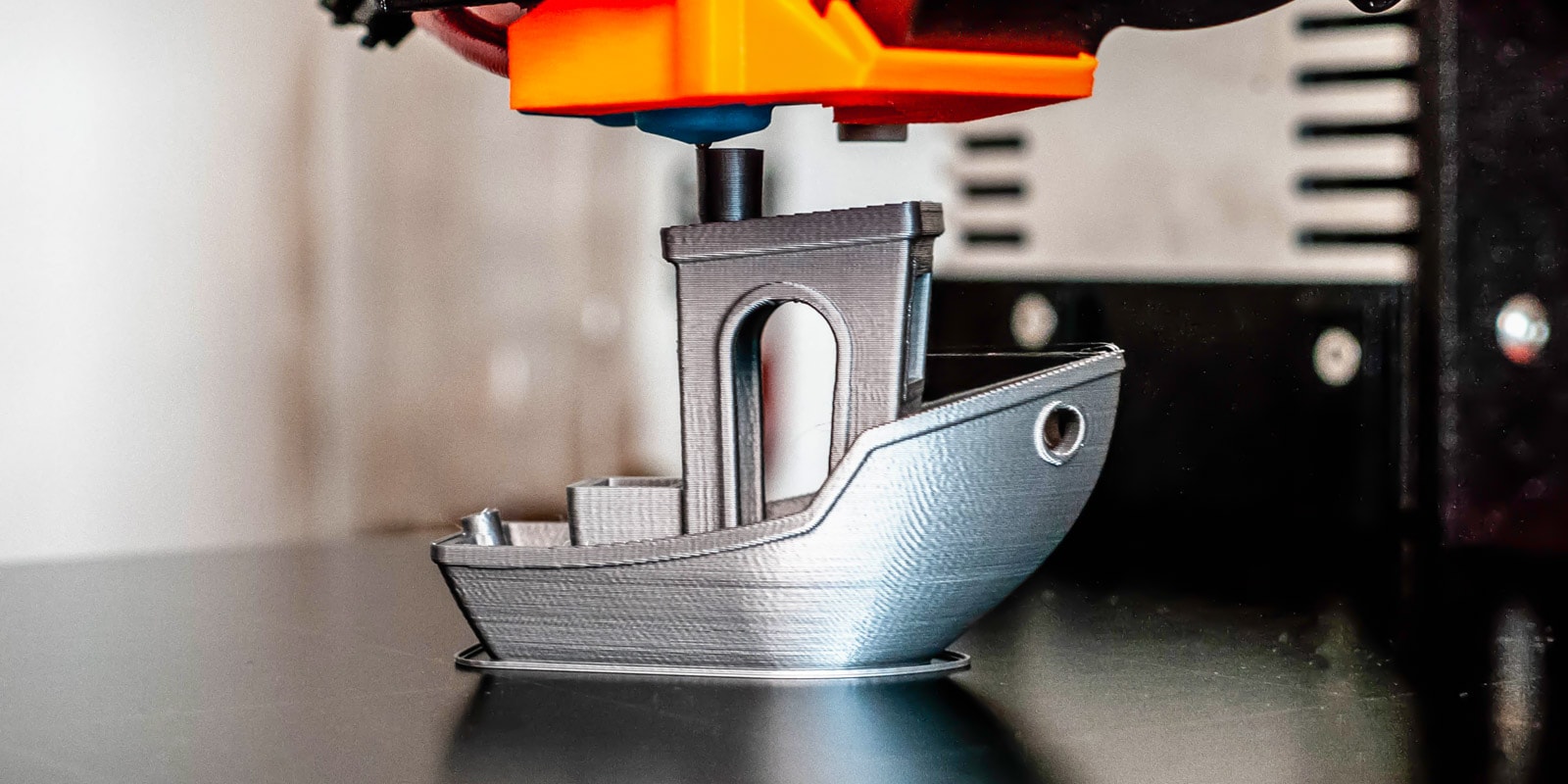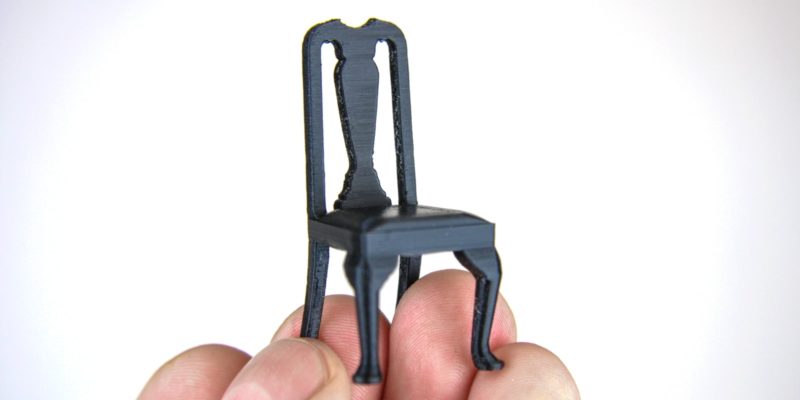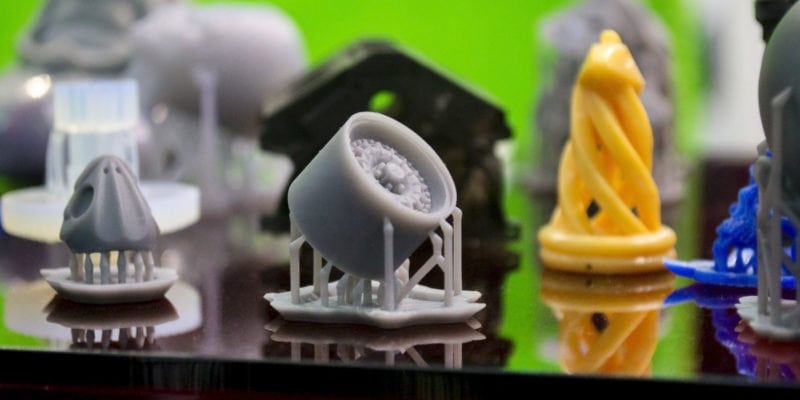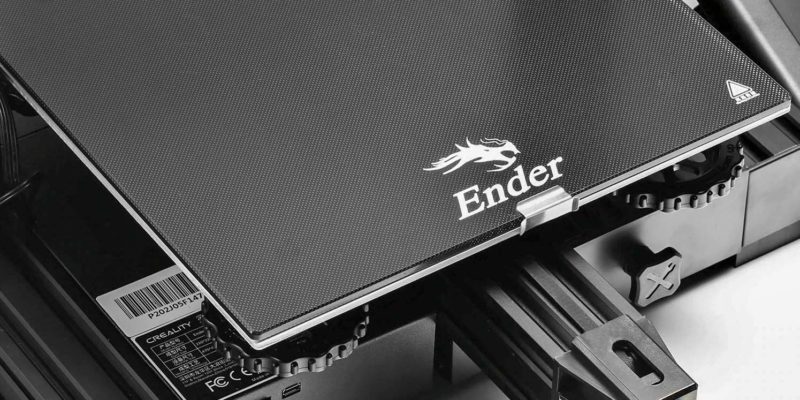You might have come across the terms fused filament fabrication (FFF) and fused deposition modeling (FDM) in the 3D printing world. On the surface, there is no clear difference between the terms.
Even 3D printing experts aren’t always careful to make a distinction. Similarly, many product descriptions on Amazon and other online shops include both terms to improve search results.
Add to this the other 3D printing technologies out there, like stereolithography (SLA) and selective laser sintering (SLS), and it can be difficult to figure out what is what.
In this article I will explain the difference between FFF and FDM and why they are used seemingly interchangeably.
What is the Difference Between FDM and FFF Technologies?
The difference between FFF and FDM is both commercial as well as functional.
The roots of FDM can be traced back to 1989, when S. Scott Crump, founder of Stratasys Ltd., invented and patented the FDM process. Stratasys was a real pioneer in the 3D printing world, and continues to be so today with high-end industrial-grade printers.
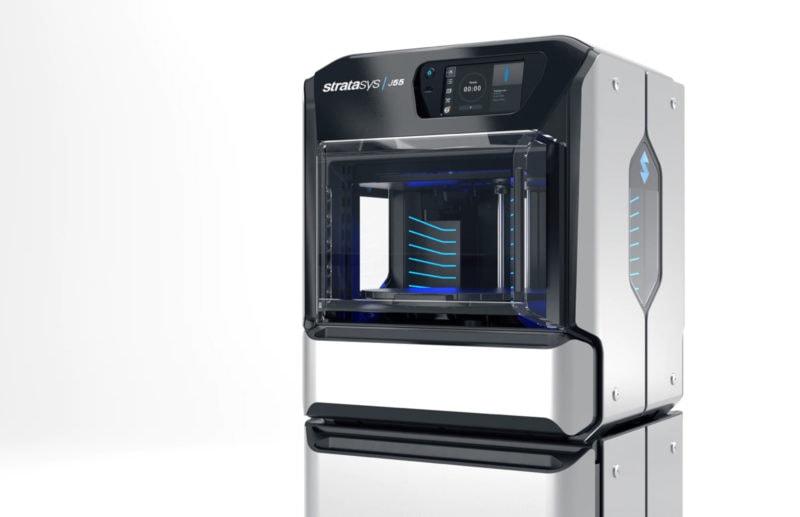
The patent for the FDM technology expired in 2009. In turn, this gave rise to the open-source RepRap Project that had actually started four years earlier by Adrian Bowyer in England. Stratasys’s deposition modeling was mimicked, modified, and improved. Most importantly, it was made accessible and affordable to consumers to be used at home.
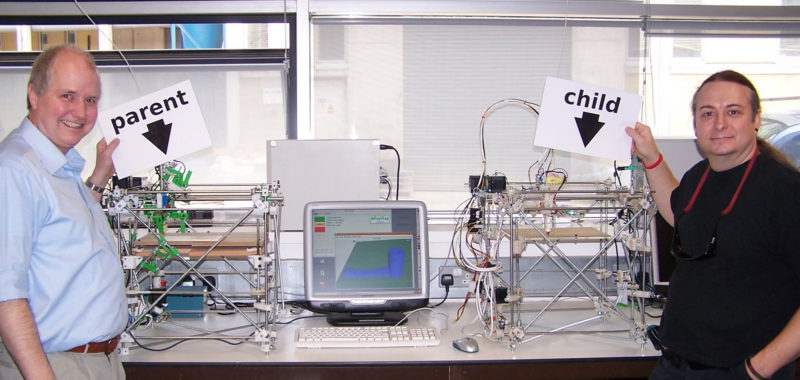
Since Stratasys trademarked the term “FDM”, the RepRap team could not use it for their printers. Instead they came up with “FFF” – fused filament fabrication, which still aptly describes the process while emphasizing the usage of filament.
A Functional Angle to the Difference Between FFF and FDM
Stratasys’s original FDM technology used a completely enclosed system. Its 3D printers had an enclosure that allowed for the temperare around the 3D print to be heated. This concept significantly improves print quality. It reduces warping and increases mechanical strength of the printed part.
In the RepRap Project’s FFF, the enclosure was discarded with affordability in mind. The molten filament is still heated on the way to the 3D printer’s nozzle. On the build plate, however, it is exposed to the ambient air temperature and cools more rapidly. The result is compromised print quality (warping) and strength. The reducation in strength is due to internal mechanical stresses caused by the rapid cooling of the print.
For this reason, it is always best to buy a 3D printer with a heated bed/build plate. This ensures that the print sticks well to the bed and does not cool warp as much as it otherwise would.
While you can find many hobbyist 3D printers with enclosures nowadays, this does not automatically make them FDM printers.
FFF and FDM 3D printers both produce top quality models and parts that no average consumer can complain about. That said, there is a reason why industrial manufacturers opt for Stratasys printers. As with anything else, it all depends on your needs.
So How to Interpret FFF and FDM in the Current Market?
Given all that, how should you regard the terms “FFF” and “FDM” in 3D printer product descriptions? Because printer manufacturers have adopted the habit of using “FDM” and “FFF” indiscriminately, you can interpret them as the same thing.
If you are a home consumer, what you’re looking for is almost always FFF. But since manufacturers happen to believe that “FDM” is a much more well-known term, they attach it to FFF 3D printers as well. Though they are legally not allowed to, since this is still Stratasys’s trademark.
The Best FFF/FDM 3D Printers for Beginners
For readers looking to make a quick decision without investing too much research, we come to your aid. We selected our two favorite FFF 3D printers, each one representing a distinct price category.
Our recommended budget 3D printer at the moment is the Creality Ender 3 Pro.
For more demanding needs and a higher budget we can’t recommend the Prusa i3 MK3S+ enough.
Both printers need assembly the consumer—which many enthusiasts consider an advantage. They are both immeasurably tinkerable, with dozens of upgrades and parts that you can 3D-print yourself and add to the printer. They enjoy large, active online communities—you’ll never be stuck with an unsolvable issue.
As for differences, the Prusa offers automatic mesh bed leveling, while in the Ender it’s manual. The Prusa comes with top-quality components—bearings, belts, stepper motors, nozzles—while Ender 3 Pro’s feel cheap to some. That said, they both provide amazing value for their price.
Conclusion
Because most 3D printing manufacturers use the terms FFF and FDM as synonyms, there is little need to pay much attention to them. They essentially mean the same thing: a 3D printer that creates parts by depositing layers of filament. There is not much more to it.
